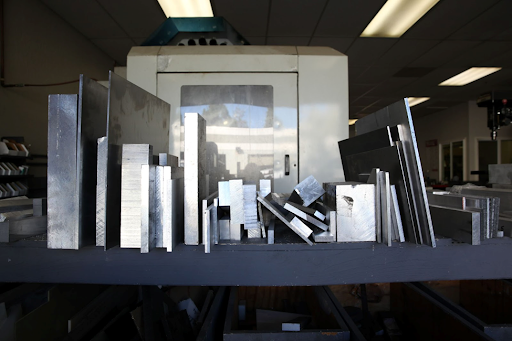About the material
Cast iron is a dependable wear-resistant material which machines faster than many steel varieties. This is an ideal material for absorbing vibrations. Parts commonly made with cast iron include gears, bases, pulleys and bushings.

CNC Machining Materials
Processes
Lead Time
Finish Options
Tolerance
Price
Applications
Cast iron is a dependable wear-resistant material which machines faster than many steel varieties. This is an ideal material for absorbing vibrations. Parts commonly made with cast iron include gears, bases, pulleys and bushings.
Compared to steel alloys, cast iron is a darker shade of grey. To achieve a variety of surface finishes, cast iron parts can also be media blasted or tumbled.
Min Wall Thickness
Min End Mill Size
Min Drill Size
Max Part Size
Undercuts
Radii : Depth
Can cast iron be machined?
Cast iron can be CNC machined into finished components 2X as fast with less tool wear than most steel varieties. It is a dependable wear-resistant material and is an ideal material for absorbing vibrations. Cast iron can be heat treated without distortion or carburization. It is lighter than steel by 10 percent and it’s damping properties allow for quieter gear sets, but the cost per pound is similar to steel.
Precautions when machining cast iron?
Cast iron is no more dangerous than other machine shop dusts. As with all CNC machining, it is recommended to wear a proper mask to prevent inhalation when CNC machining cast iron. A vacuum filter also can remove dust in enclosed machines when cutting cast iron.
Why is cast iron machined dry?
Cast iron is suitable for dry machining because the material conducts heat well and the graphite in the cast iron acts as lubricant. Dry machining is also a good choice to help increase tool life, especially when cutting cast iron.
Learn More
Learn More

